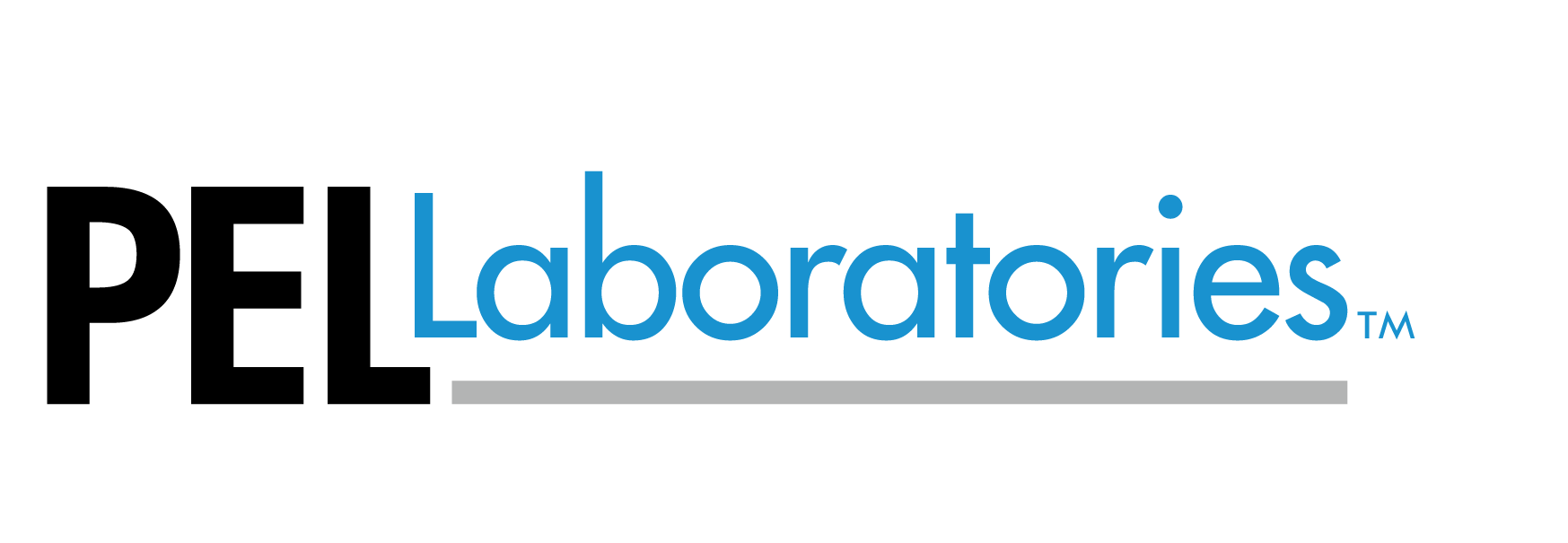Asbestos Sample Analysis: Our Process
PEL Labs (PEL) is a nationally accredited asbestos laboratory located in Ann Arbor, MI. Our lab works with different consulting groups, agencies, and the general public. We’ve found that many consultants don’t quite know how samples are analyzed for asbestos, so here we provide some clarification about our asbestos analysis process.
What happens once a building material sample is dropped off at PEL for asbestos analysis?
Preparation of a sample depends largely on the type of building material being sampled. Some common building materials sampled or suspected of containing asbestos include: joint compound/sheetrock, sheet vinyl, plaster, floor tiles, and insulation. Below is a schematic showing where asbestos-containing materials are often found in a home:
While different building materials need different types of preparation (due to the matrix of the sample), there are some parts of the preparation that all building materials have in common.
Receiving & Opening
All samples are (and should be) delivered in airtight containers. Once received, we open the contained samples once under a particle hood enclosure. This enclosure lets air in naturally (using negative pressure) and routes it through a high efficiency particulate air (HEPA) filter to prevent particles of asbestos from entering ambient air, ensuring the analyst’s safety. Before opening the samples, it’s important that the particle hood is drawing air at approximately 100 ft/min. This is measured and recorded monthly using an instrument called a vaneometer. After reading the correct speed, the containers can be opened safely.
Magnifying & Viewing the Material
Within the enclosed area, PEL’s analysts magnify the building material using a stereoscope. A stereoscope is a binocular microscope (or “dissecting microscope”) that magnifies at a relatively low power for viewing three-dimensional, opaque objects (such as minerals like asbestos). Asbestos in building materials is usually hiding in the matrix of the material. This is where detective work starts.
Detective Work – Analyzing the Sample
Once the building material is placed under the stereoscope for viewing, the analyst attempts to locate fibers in the matrix and pull them out with forceps. This is possible, and even plausible for certain kinds of materials: sheet vinyl, Transite, and popcorn ceiling (aka acoustic ceiling) textures. But, it’s nearly impossible for other types of materials like mastics, joint compounds, paint, and floor tiles. If the material allows the analyst to pull fibers, then the detective work is short lived. If fibers are potentially bound into the matrix of the material, then other methods are employed to break apart the matrix.
Deeper Analysis
For example, asbestos fibers in joint compound are almost always too small or to dirty to be seen under the stereoscope. The joint compound needs to be scraped and then crushed for a more detailed analysis under the Polarized Light Microscope (PLM). Once prepped under the stereoscope, the analyst transfers three preps per sample to the PLM to see fibers in more detail. Different properties of the asbestos are measured and recorded during this to ensure correct identification and quantification.
Final Determination
The final determination of the presence of asbestos (and asbestos percentages) is made under the PLM microscope. We formally report this information to our clients.
A more detailed breakdown of the PLM analysis process and identification of the different types of asbestos will be coming soon.
- PEL Labs

